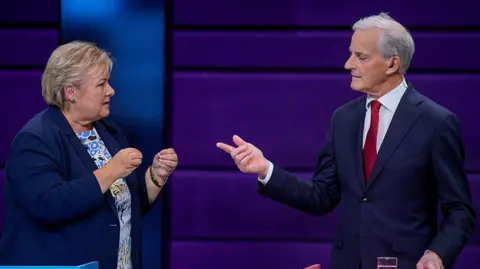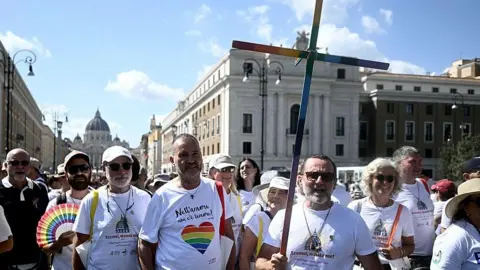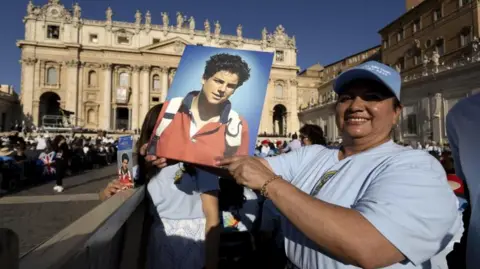Black smoke billowing from the chimney of the Sistine Chapel on Thursday revealed that cardinals, meeting for the second day to elect a new pope, have yet to reach a decision. Anticipation filled St. Peter’s Square as the 133 voting cardinals participated in a secret ballot with no successful candidate emerging thus far.
Pope Francis' passing last month triggered this conclave, the first in over a decade. Typically, a two-thirds majority is required for selection, and should no consensus be achieved, they will continue voting four times daily until a new pope is chosen. However, the secrecy enveloping the proceedings and the cardinals’ unfamiliarity with each other may prolong the election process.
After a lengthy voting session on the evening prior, the crowd witnessed black smoke, a traditional indicator of an unresolved ballot, producing gasps of disappointment among the onlookers. The gathered groups understood that the required votes did not coalesce around any single candidate yet, prompting a break for lunch before resuming discussions.
The current assemblage of cardinals is seen as unusually diverse, with many appointed by Francis himself. This has led to varied interests and priorities, raising concerns that they might struggle to unite behind a common candidate. Some anticipate that this intricate process could take longer than the previous conclave, which successfully selected its leader in just two days.
Pundits suggest that the cardinals face not simply selecting a new pope but determining the future direction of the Catholic Church, whether to embrace Francis's progressive stance or revert to traditional conservatism. As lunchtime approaches, the world watches and waits for the smoke signal that will announce a decision or a continuation of this historic process.
Pope Francis' passing last month triggered this conclave, the first in over a decade. Typically, a two-thirds majority is required for selection, and should no consensus be achieved, they will continue voting four times daily until a new pope is chosen. However, the secrecy enveloping the proceedings and the cardinals’ unfamiliarity with each other may prolong the election process.
After a lengthy voting session on the evening prior, the crowd witnessed black smoke, a traditional indicator of an unresolved ballot, producing gasps of disappointment among the onlookers. The gathered groups understood that the required votes did not coalesce around any single candidate yet, prompting a break for lunch before resuming discussions.
The current assemblage of cardinals is seen as unusually diverse, with many appointed by Francis himself. This has led to varied interests and priorities, raising concerns that they might struggle to unite behind a common candidate. Some anticipate that this intricate process could take longer than the previous conclave, which successfully selected its leader in just two days.
Pundits suggest that the cardinals face not simply selecting a new pope but determining the future direction of the Catholic Church, whether to embrace Francis's progressive stance or revert to traditional conservatism. As lunchtime approaches, the world watches and waits for the smoke signal that will announce a decision or a continuation of this historic process.





















